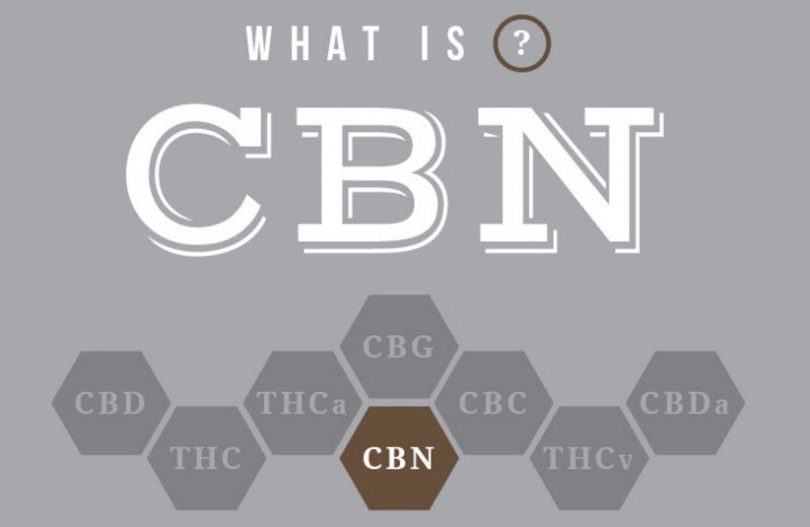Everyone knows what cannabis is, and many are also probably aware of the fact that THC, an abundant cannabinoid in the cannabis plant, is what gets users high.
But in addition to THC, more and more people are becoming familiar with another abundant cannabinoid, CBD, which has become a phenomenon in the health and medical realm.
But there’s another player on the field that’s gaining notoriety in the world of cannabis and the health benefits its compounds can provide, cannabinol, also known as CBN.
CBN is not nearly as well-known as THC or CBD right now; however, more and more is being discovered about its therapeutic effects towards people who may be sensitive to THC, are finding extremely helpful. Today, consumers are finding it easier to access CBN in a variety of products to take advantage of.
What is CBN?
CBN is a cannabinoid that’s found in the cannabis plant, like it’s other cannabinoid counterparts. CBN is nowhere near as abundant as THC or CBD, but its therapeutic effects are still impressive nonetheless.
CBN is produced1 when THC is exposed to oxygen or is heated. As such, it’s commonly found in ‘old’ cannabis plants that have aged for years or those that have been exposed to some degree of heat. As the cannabis plant ages, the THC content significantly reduces as it is oxidized over time, and actually converts into CBN.
CBN provides a myriad of effects and benefits on users. While much research has already been conducted on CBN and its effects, researchers are continuing to forge ahead with more studies to further investigate how users can benefit from its use.
What Effects Does CBN Have on the Mind and Body?
So far, studies have found2 that CBN can provide the following health benefits:
- Relieves pain
- Improves sleep
- Reduces inflammation
- Reduces seizures
- Stimulates the appetite
- Promotes bone cell growth
- Fights bacteria
While CBN definitely has helpful effects on the body, perhaps its most notable effect is its ability to serve as a potent sedative. People who use CBN because of sleep issues claim that this cannabinoid can knock them out just as effectively as pharmaceutical sleeping aids. In fact, smaller amounts of CBN can mimic pharmaceutical sedatives, such as valium, in higher doses.
Does CBN Get Users High?
Unlike THC, CBN doesn’t necessarily bind to CB1 and CB2 receptors of the endocannabinoid system (ECS). That’s why it doesn’t get people high3, which is quite the opposite effect that THC has on users. This non-psychoactive effect has CBN’s users excited about being able to take advantage of its effects without having to worry about getting high.
The majority of cannabis flowers have only slight amounts of CBN. Cannabis can contain as much as 30% or more THC, while CBN hardly ever makes it past the 1% mark in dried flowers. That said, only a small amount of CBN is needed to take effect in the body.
With More Research Will Come More Evidence About CBN’s Effects
Formal clinical research in the US is pretty slow right now, but CBN has already shown a lot of promise. What makes CBN so unique is its powerful sedative effects without necessarily causing mind-altering effects in the user. As more research continues to be conducted on CBN, only time will tell if we’ll find additional uses for it.
If you’re wondering if CBN is the right cannabinoid for your specific ailments and symptoms, the best way to find out is to educate yourself and even experiment with small doses of CBN.
References:
- Ross, S.A., et al, “CBN and D9-THC concentration ratio as an indicator of the age of stored marijuana samples“, United Nations Office on Drugs and Crime, 1999.
- Kogan, Natalya M., et al, “Cannabinoids in health and disease“, Dialogues in Clinical Neuroscience, 2007, Volume 9, pp. 413–430.
- Karniol I.G., et al, “Effects of Δ9-Tetrahydrocannabinol and Cannabinol in Man“, Pharmacology, 1975, Volume 13, pp. 502–512.










